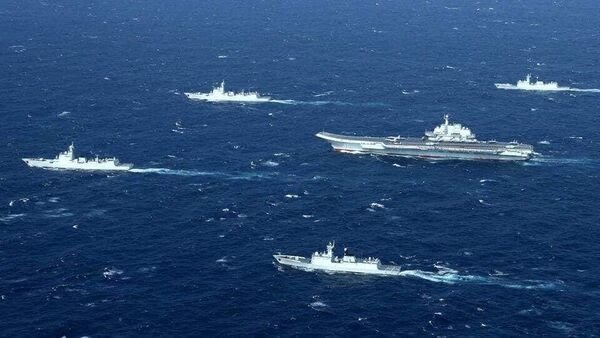India to Build Third Aircraft Carrier Enhancing Naval Strength.India is moving forward with plans to construct a third aircraft carrier, marking a significant development in its naval strategy.
Cochin Shipyard Limited (CSL) is set to begin building a new Vikrant-class carrier, according to Rahul Bedi in The Hindu. This move reflects the Indian Navy’s long-standing ambition to enhance its maritime capabilities and maintain its shipbuilding expertise.Project review The new carrier, known as Indigenous Aircraft Carrier-2 (IAC-2), will feature several upgrades and modifications compared to the first Vikrant-class carrier, INS Vikrant.
It will also include a higher proportion of locally sourced materials. This project is crucial not only for expanding the Navy’s operational capabilities but also for preserving CSL’s shipbuilding skills, which are at risk of declining without continuous projects.
The Navy is determined to avoid a repeat of the “lost decade” between 1995 and 2005 when Mazagon Dock Shipbuilders’ (MDL) submarine-building expertise significantly deteriorated due to a corruption scandal involving the purchase of German HDW Type 209/1500 submarines.
This decline required a costly revival to build six French Scorpene submarines, five of which have been commissioned, with the sixth expected by year-end. By pushing for the IAC-2 project, the Navy aims to prevent similar setbacks at CSL.
Strategic importance
The IAC-2, with a displacement of around 40,000 tonnes, will join the fleet alongside the 46,000-ton INS Vikramaditya and the 40,262-ton INS Vikrant.
This trio of carriers will ensure the Navy can maintain a robust presence on both its western and eastern seaboards, with one carrier always available as a reserve. This arrangement is essential for the Navy’s strategy, providing flexibility and resilience in operations.
Financial and strategic concerns
However, the plan for IAC-2 has faced significant scrutiny due to its high cost, estimated at $5-6 billion, and concerns about its effectiveness in modern naval warfare. Advanced anti-access/area denial (A2/AD) strategies employed by China and Pakistan pose serious threats to large surface vessels like aircraft carriers.
These strategies involve sophisticated cruise missile technology, which can challenge the operational viability of carriers. Even the U.S. Navy, with its considerable resources, acknowledges the threat posed by China’s A2/AD capabilities.
Within the Indian Navy, there is an ongoing debate about the best use of resources. Some officers advocate for a “sea denial” strategy, relying on submarines to prevent enemy naval operations, while others support a “sea control” strategy, deploying carrier battle groups with a mix of surface ships and submarines.
Critics of the new carrier project argue that funds might be better spent on enhancing the Navy’s submarine fleet and other surface combatants. Currently, the Navy’s inventory of corvettes, mine sweepers, destroyers, and frigates is insufficient to meet its needs. Additionally, there is a shortage of naval utility helicopters, unmanned aerial vehicles, and various types of ordnance.
Financial constraints have forced the Indian Navy to revise its ambitious goal of operating 200 warships by 2027. This revision has also led to a reduction in the Navy’s demand for mine counter-measures and additional Boeing P-8I Neptune aircraft.
Air Force Perspectives
The Indian Air Force (IAF) also competes for defense budget allocations to address its own equipment shortages. Some IAF officials view the aircraft carrier as an expensive luxury, particularly in an environment dominated by A2/AD threats.
They argue that enhanced maritime strike capabilities of SEPECAT Jaguar IM/IS and Sukhoi Su-30MKI fighters offer a more cost-effective and secure alternative for power projection.
To bolster maritime security, the IAF has deployed the Su-30MKI squadron, equipped with BrahMos-A missiles, at Thanjavur. This enhances the IAF’s ability to engage maritime targets accurately.
Additionally, some strategists advocate for strengthening the Andaman and Nicobar Islands as a fixed A2/AD zone, providing a deterrent to Chinese naval activities at a lower cost than an aircraft carrier.
Summation
In conclusion, the construction of the IAC-2 represents a critical advancement for the Indian Navy, aiming to bolster its capabilities while navigating financial and strategic challenges.
This project underscores India’s commitment to maintaining a strong and versatile maritime force in an increasingly complex security environment.
Also read:
Indian Army Introduces Vidyut Rakshak for Improved Generator Management
